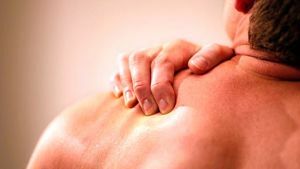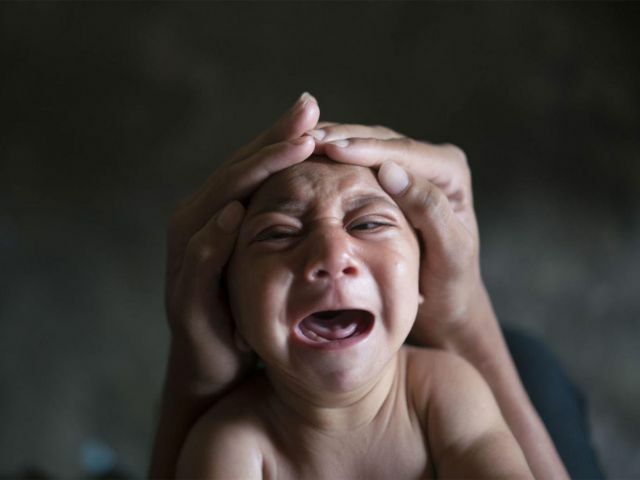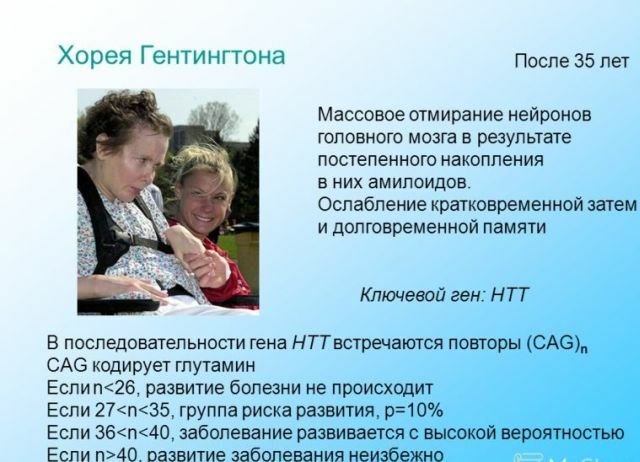 Bell's paralysis is a neuritis or inflammation of the facial nerve that comes suddenly and affects one side of the face. The disease is incurable: although the acute stage passes several months later, but the recovery does not come to the end.
Bell's paralysis is a neuritis or inflammation of the facial nerve that comes suddenly and affects one side of the face. The disease is incurable: although the acute stage passes several months later, but the recovery does not come to the end.
Paralysis leads to a weakening of the facial muscles, which occurs within a week or a few weeks after the therapy. Disease overtakes people after 60 years, but there are cases of earlier development, if certain factors contribute to this.
Prolonged paralysis is rare and mostly in patients older than 80 years. Over time, all manifestations of paralysis pass, but the symptoms may return unexpectedly.
Contents
- Possible causes of the disease
- First signs and clinical signs of the disorder
- Variations of the pathology
- Home care
- Treatment methods
- Conservative treatment
- Surgery
- Traditional medicine
- Possible complications
- For the prevention of
Possible causes of the disease
Bell paralysis develops in an inflammatoryprocess and edema of the nerve, occurring in the case of the development of a viral infection or disorders in the immune system.
Inflammation of the facial nerve can be triggered by pressure on it and ischemia in the nerve channel of the temporal region of the bone. Bell syndrome is associated with trauma, hypothermia and diseases that can affect its occurrence: diabetes, HIV, stroke, tumors, abscess.
Do not forget about the hereditary predisposition. The exact reasons are not fully understood.
First signs and clinic of violation of
The first sign of the disease is the feeling of numbness in half of the face. There is a feeling that lips and tongue "do not obey", 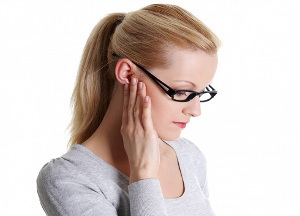 have difficulty in speaking, it is impossible to smile, frown and even close your eyes.
have difficulty in speaking, it is impossible to smile, frown and even close your eyes.
Gradually there are pains behind the ear - this symptomatology can grow for 1-2 days or manifest rapidly( 2 hours before complete paralysis).Usually paralysis occurs suddenly and develops within 48 hours.
A feature of the disease is a rapid increase in symptoms. As the inflammation of the facial nerve develops, the following symptoms appear:
- skewed and weakness of the facial muscles;
- the eye gap widens to such a state that the eye can not be closed. The folds on the forehead above the eye are smoothed out;
- pain from the ear goes to the corner of the mouth, the nasolabial fold is smoothed, so saliva flows from the corner of the mouth;
- feels numbness and heaviness of the muscles of the face, their sensitivity is not lost;
- shows a loss of taste.
On the affected side there is no facial expression, and on the opposite side sometimes there is a strong contraction of muscles. Usually signs of paralysis are clearly manifested in the morning.
Types of pathology
Paralysis of the facial nerve has several types of lesions. The most famous is peripheral neuritis, when intracranial lesion of the peripheral nerve on the face is detected and its paralysis in the bone channel of the temporal bone.
The following varieties of the pathology under consideration are distinguished:
- Miyyar-Gübler's syndrome - occurs in connection with a cerebral stroke. It is a unilateral pathology, characterized by
 lesion of the cerebral bridge from below and the nucleus of the facial nerve.
lesion of the cerebral bridge from below and the nucleus of the facial nerve. - Fowill's syndrome - a cerebral stroke occurs on one side of the brain bridge. In the process of lesion, paralysis of the nuclei or roots of the facial and distal nerves, as well as the pyramidal pathway occurs.
- The syndrome of the cerebellar angle often arises because of the neurinoma of the auditory portion of the pre-collar nerve in the way of the facial from the brainstem and to the entrance to the bone canal of the temporal bone.
- Lesion of the facial nerve in the fallopian canal .
- Of all the lesions of the peripheral portion of the facial nerve, the paralysis often occurs, which is due to swelling and compression of the nerve in the bone canal.
Home care
To relieve suffering and relieve some of the symptoms of the neuritis of the facial nerve at home, eye drops and compresses should be used if the eyes experience dryness.
To the person should be applied warm wet towels to relieve pain. You can do face massage and exercises to stimulate the muscles of the face. Perform them three times a day, gradually complicating and increasing the duration of each exercise.
It is recommended to perform them, sitting in front of a mirror with a straight back and in a relaxed state.
Methods of treatment
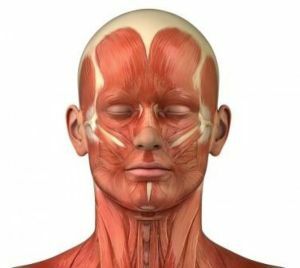 In most cases, paralysis itself passes in a few weeks. If this does not happen, the doctor prescribes medication.
In most cases, paralysis itself passes in a few weeks. If this does not happen, the doctor prescribes medication.
The purpose of taking medications is a complete cure for the disease. If the paralysis is complete, you should perform electromyography and investigate the nerve conduction. If it is not broken, then the guarantee of complete cure is 90%, in other cases the positive result does not exceed 20%.
Treatment of pathology includes a conservative method and a surgical procedure. Drug therapy involves the taking of drugs, protective actions for the eyes, strengthening exercises for muscles and physiotherapy.
Conservative treatment
Conservative treatment of neuritis of the facial nerve is based on the admission of various drugs:
- hormonal - Nerobil, Metired - corticosteroids, relieving inflammation, Prednisolone - glucocorticoids, stimulating metabolic processes;

- antispasmodics - suppressive spasms;
- of decongestants - Dibazol - stimulates blood circulation of the brain;
- funds for headache ;
- analgesics - relieve pain syndrome;
- antioxidants and vitamins ;
- antiviral agents - Acyclovir, Valtrex;
- moisturizing corneal eye drops - saline or tears, ophthalmic ointment.
For eye protection, wear glasses or a bandage, especially during sleep. The chin is superimposed on the chin to support the lower jaw.
From physiotherapy procedures, infrared laser treatment and ultrasound with hydrocortisone are performed. These treatments help not only to remove symptoms, but also completely overcome Bell's paralysis. In addition, therapeutic gymnastics, acupuncture and massage of the collar zone are recommended.
Surgical operation
Surgical intervention is applied if the symptoms of the disease persist for more than a month. If you postpone the operation for more than three months, the pathology may remain until the end of life.
The operation is a microscopic decompression of the facial nerve. By operating, the surgeon removes the bone that closes the facial nerve, opening its shell.
An electric stimulator is used to accelerate the recovery. After the intervention, special exercises are prescribed for all the facial muscles, which helps the patient to fully recover. Patients suffering from the disease for more than two years, in whom the facial muscles do not function, is shown by plastic reconstruction, which is carried out due to the transposition of a healthy nerve.
Traditional medicine
The use of folk methods in conjunction with drug therapy helps to quickly restore the activity of the facial muscles. Here, the following methods are used:
- can be calmed down with the infusion of hawthorn and peony flowers, calendula, motherwort .For
 , you need to take 50 ml of these medicines, add 25 ml of Corvalol to them and put some honey. Drink a night tea spoon, the duration of treatment - 3 months.
, you need to take 50 ml of these medicines, add 25 ml of Corvalol to them and put some honey. Drink a night tea spoon, the duration of treatment - 3 months. - Warming with helps reduce the appearance of external symptoms. Take the salt and put it in a linen bag, warm up before use and attach to the affected area.
- Sea buckthorn oil rub soft circular motions into the place of injury.
Possible complications of
The prognosis of recovery depends on the degree of nerve damage. The preservation of any function allows full recovery in a few months. Timely and correct treatment according to statistics gives 75% of cases of recovery.
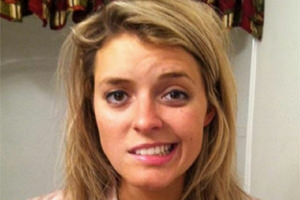 In traumatic, tumor lesions, the recovery prognosis is less favorable than under supercooling. The disease can return and hit the other half of the face in 10% of cases. Repeated exacerbations will be more severe.
In traumatic, tumor lesions, the recovery prognosis is less favorable than under supercooling. The disease can return and hit the other half of the face in 10% of cases. Repeated exacerbations will be more severe.
Residual changes occur with complete damage to the muscles, if the pain is localized outside the ear, with diabetes and hypertension, in patients after 60 years. The most common complication of pathology is the absence of remission for a long period. If the lesion of the nerve is irreversible, the symptoms of the disease remain with the patient for life, significantly reducing its quality.
The consequence of an unfavorable nature is uncontrolled muscle contractions, although the muscle functions return, but the smile provokes involuntary closing of the eye.
The most serious complication is loss of vision. This is due to the fact that the cornea of the eye dries up and infection with pathogenic microflora occurs, due to the lack of a normal function of the eyelid.
For the prevention of
As a preventive measure, experts advise to strengthen immunity, eliminate hypothermia and drafts, timely cure infectious diseases, fear craniocerebral injuries.
One of the means of prevention is the strengthening of the muscles of the face with the help of gymnastics. It is necessary to take responsibly to one's health and to treat illnesses that can cause complications.
Having discovered the first signs of defeat, you should immediately contact a neurologist. Timely treatment will help to fully cope with the disease and avoid complications.

